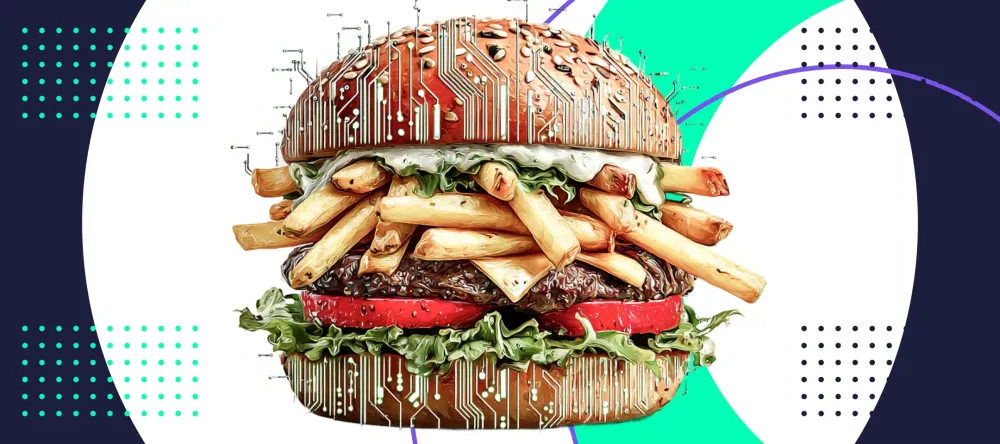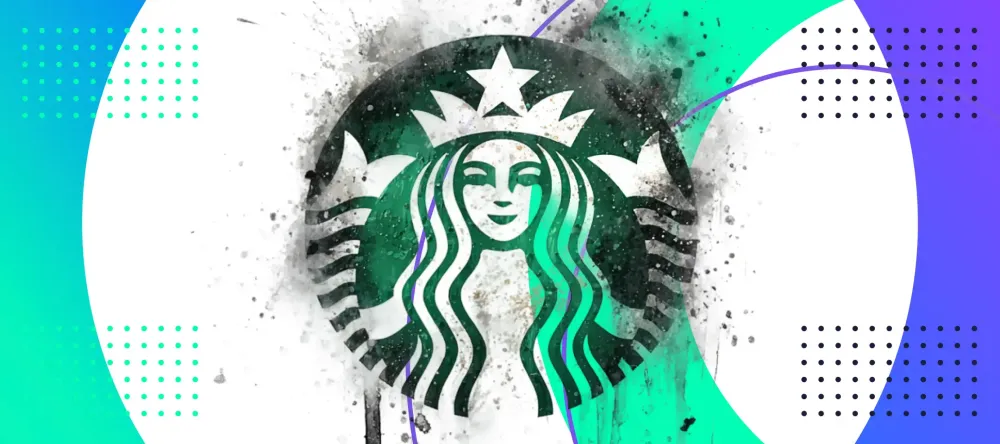The idea of paying for a burger or coffee with digital coins has captured global attention. News stories about McDonald’s and Starbucks testing crypto payments spark excitement, yet they also raise doubts. Are these pilots proof of a coming shift or simply attention-grabbing experiments? To answer this, we need to look deeper into what drives these trials, how governments react, and how everyday consumers actually behave when offered new ways to pay.
Fast food and crypto: From hype to headlines
The thought of paying for fast food with digital money still feels unusual, yet it has already happened. In El Salvador, McDonald’s was required to accept Bitcoin after the government declared it legal tender. Starbucks followed in pilot programs that attracted global coverage, especially when similar tests appeared in Lugano, Switzerland.
These stories looked like a signal of mainstream adoption, but in practice they were limited experiments shaped by local regulation rather than global consumer demand.
The headlines gave the impression that customers everywhere were ready to spend crypto on burgers and coffee. Reality told a different story. Most visitors in these outlets still reached for cards or mobile apps. Only a small share actually tried the new option. Still, the presence of crypto at the counter had value. It made brands appear innovative, willing to try new methods of payment, and it kept them at the center of a global conversation about money and technology. For marketing teams, the story often mattered more than the number of transactions.

Behind the glossy announcements stood technology partners. Global food chains did not design complex blockchain systems by themselves. They relied on services that could handle conversion, compliance, and speed. This is where the idea of a crypto payment gateway became important. Such a gateway linked the front-end experience of tapping a phone with the back-end of blockchain settlement. For the consumer, the experience looked simple, but in reality, it involved conversion into local currency and regulatory compliance. The crypto payment gateway allowed businesses to present themselves as innovators without exposing themselves to market volatility or accounting complexity.
Regulation shapes where pilots happen
The story of crypto payments in fast food chains is closely tied to law and policy. When El Salvador introduced Bitcoin as legal tender, businesses had no choice but to accept it. McDonald’s and Starbucks suddenly became symbols of change, not because of corporate strategy, but because the law demanded it. This pattern shows that the spread of crypto acceptance often begins with regulation, not with consumer demand. Without such rules, adoption remains sporadic and experimental.
In Switzerland, the city of Lugano created a municipal program called Plan ₿, which encouraged residents to use Bitcoin and stablecoins in daily transactions. The presence of McDonald’s in this program was more than a business decision. It reflected the city’s ambition to market itself as a hub for blockchain innovation. Again, regulation and local government incentives played a decisive role. In contrast, in countries without clear frameworks, large chains prefer to wait. They avoid the risk of unclear tax treatment, anti-money laundering obligations, or conflicts with central banks.
These examples show why regulation matters more than hype. A government’s stance can turn crypto payments into a routine option or keep them locked in experimental phases.
For businesses, clear rules mean they can operate with confidence. They can integrate a crypto payment gateway into existing systems knowing that the legal ground will support it. Without that, any pilot becomes a risky bet, vulnerable to sudden policy shifts.
In regions that establish strong oversight, global brands have an easier path to test new technologies. The gateway becomes not only a tool for transaction processing but also a bridge between the business and the law. A crypto payment gateway allows compliance with anti-money laundering checks, tax reporting, and consumer protection standards. Regulation, in this sense, is not only a barrier but a foundation for sustainable adoption.
Behind the counter: How crypto payments really work
When a customer scans a code or taps a phone to pay with crypto, the process looks simple. What happens behind the counter is much more complex. Fast food outlets like McDonald’s or Starbucks are not redesigning their payment systems from scratch. They rely on partners that can handle the technical and financial steps between the blockchain and the cash register. This is why the role of a crypto payment gateway is central. It works as a hidden engine, making sure the payment feels fast and familiar to the buyer.
The gateway does more than transfer digital coins. It converts them into local money, checks compliance rules, and secures the transaction. Without this, cashiers would face delays and volatility, and managers would worry about accounting. By placing the heavy work in the hands of a crypto payment gateway, restaurants avoid exposure to unstable markets. They can continue to run daily operations while offering an option that attracts headlines and satisfies curious customers.
Sheepy.com demonstrates how this model works in practice. The platform connects businesses with a full set of tools for digital payments, including instant conversion of crypto to fiat. This ensures that merchants do not have to manage volatility themselves. For large food chains, such integration reduces risk while giving customers new ways to pay. A solution of this kind blends into existing systems and lets companies test innovation without disrupting their everyday flow.
Consumer experience also depends on how well the system hides the complexity. The buyer does not want to think about blockchain addresses or transaction fees. They only want to complete a purchase with the same ease as tapping a card. A crypto payment gateway ensures that the blockchain steps happen in the background. This makes crypto appear as a natural part of modern retail rather than a complicated experiment.
Consumer behavior: Hype, loyalty, and the real use cases
News about paying for a latte with Bitcoin travels fast. In stores, behavior shifts much slower. Most people still use cards or mobile wallets. A small share tries crypto out of curiosity. Brand pilots create buzz, then expectations rise. Reality stays local, shaped by laws and logistics. Store managers focus on speed and queue length. They cannot afford slow approvals or unpredictable downtime. That is why partners and stable rails matter so much. A crypto payment gateway often stands behind those headlines.

Many treat crypto as savings, not spending money. They expect prices to grow and prefer to hold. That mindset limits daily use at the counter. Rewards programs work better than payments alone. People notice points, perks, and digital badges. These incentives reduce fear and invite first tries. Clarity on refunds and chargebacks also matters a lot. People want simple help if something goes wrong. Clear value today beats vague promises about tomorrow. A crypto payment gateway can support such flows with minimal friction.
Ease matters most when habits are forming. Confusing steps drive customers back to old methods. The gateway hides addresses, fees, and conversion steps. Merchants still receive local currency at settlement. Shoppers see a normal tap and a simple receipt. Trust grows when payments feel familiar and quick. Staff training improves when steps are predictable and short. Fewer exceptions mean fewer delays during peak hours. Over time, confidence turns trials into steady, repeatable behavior. With a crypto payment gateway, pilots can mature into routine.
The hidden crypto rails of tomorrow
The most interesting part of crypto adoption may be the one that is hardest to see. While headlines focus on pilots in El Salvador or a Starbucks trial, much of the real change happens in the background. Payment networks are evolving so that digital coins can move without the customer even noticing. For the person at the counter, it still feels like tapping a card or scanning a code. The hidden part is that the value may have traveled across a blockchain before reaching the merchant’s account.
This invisible shift matters for global brands. Consumers do not want to study technical steps or worry about price swings. They want speed, trust, and the comfort of using familiar tools. That is why the next stage of adoption will depend less on visible promotion and more on seamless rails. The system will need to deliver reliability at scale while avoiding disruption at the checkout line. A crypto payment gateway plays an important role here. By connecting old infrastructure with new technology, it creates a bridge that keeps the customer experience smooth.
In the future, the success of crypto in fast food and retail may depend on how invisible it becomes. If the customer cannot tell the difference between a blockchain payment and a standard card tap, adoption can grow quietly. Merchants will see value in lower fees or faster settlement, while customers see no added friction. This balance of visibility and invisibility defines the long-term future of digital payments. A crypto payment gateway ensures that crypto remains an option while never distracting from the quick rhythm of everyday purchases.
Beyond the counter
The story of crypto in fast food shows both promise and restraint. McDonald’s and Starbucks gained attention when they accepted digital coins, but real adoption depends on law, trust, and habit. Customers will not change overnight, and brands will not risk core business on unstable ground. What matters is the slow build of reliable systems that hide complexity and make new tools feel natural. The journey is less about hype and more about quiet change shaping tomorrow’s payments.
Sheepy helps leading iGaming, FX, and E-commerce brands grow their crypto payments - trusted since 2022.